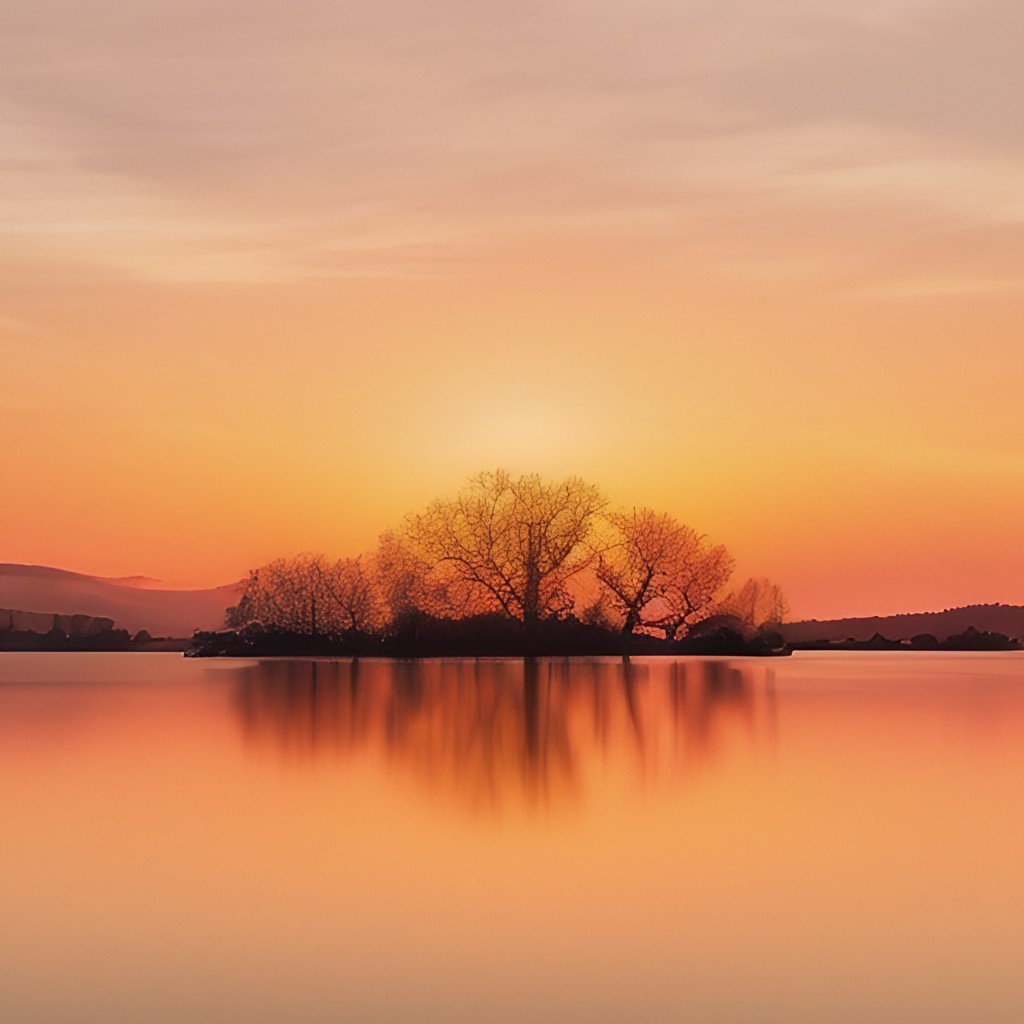I’ve always believed that stories can be the mirrors of our souls.
We capture a reflection of us in the worlds we build. Sometimes that reflection is good, and sometimes bad. But how do we create a captivating universe that feels as real as our own? And why does it matter?
Why care about world-building?
When you’re writing a book, world-building is like laying down the roots for a massive tree. The deeper the roots, the more lush and expansive the canopy above becomes. I feel like I only know a character when I know the universe and their part in it.
It’s no coincidence that my favourite books are often the ones where I feel like I can vividly see the bustling streets of a city, hear the chatter of distant markets, and smell the aroma of exotic cuisines wafting in the air. Sensory magic comes from masterful world-building.
So, where can we start world-building?
Okay, so world-building can be effortless for some and overwhelming for others. There’s no one-size-fits-all approach. That said, I think there are pillars that can guide you:
1. Define the Basics: Before diving deep into the cultural or historical nuances, I like to start with the basics. What kind of world is it? Is it a reflection of our own with minor tweaks, or is it an entirely new universe? The answers to these questions determine the scale and scope of your world. I’m a pantser, and a plan-tser at best, so I always need to leave room for discovery in my world-building, but I do like to map out a few basic things — language, type of world, magic or no magic; those are good basics.
2. Geography & Landscape: This might sound obvious, but land influences cultures, societies, and even individual personalities. Mountains, rivers, forests, and cities can change a character and story, sometimes literally. When I’m thinking about geography, I do a lot of reading and think about my own personal experiences. I spend a lot of time thinking about what springs to mind in a scene that comes to me.
3. Culture & History: This is super important! If you’re a pantser like me, this only comes with time as the scenes and chapters get fleshed out. But the more you know about the history of the story you’re writing, the more depth your writing can have, so don’t skip this. If you write by the seat of your pants, you’ll most often find this comes out in various drafts and rewrites as you begin to understand things better.
4. Local Flora & Fauna: Okay, so this is where you can truly let your imagination run wild. Exotic creatures or unique plants can add a touch of fantasy, making your world distinctive! Wildlife can also play a symbolic role in your tale… so use them wisely!
Building worlds in books is an intimate dance somewhere between imagination and logic. Every universe has a set of rules (like gravity or seasons), but it’s up to you to define and play with those rules. The deeper you dig and the more you play, the more real the writing feels.





POST COMMENT